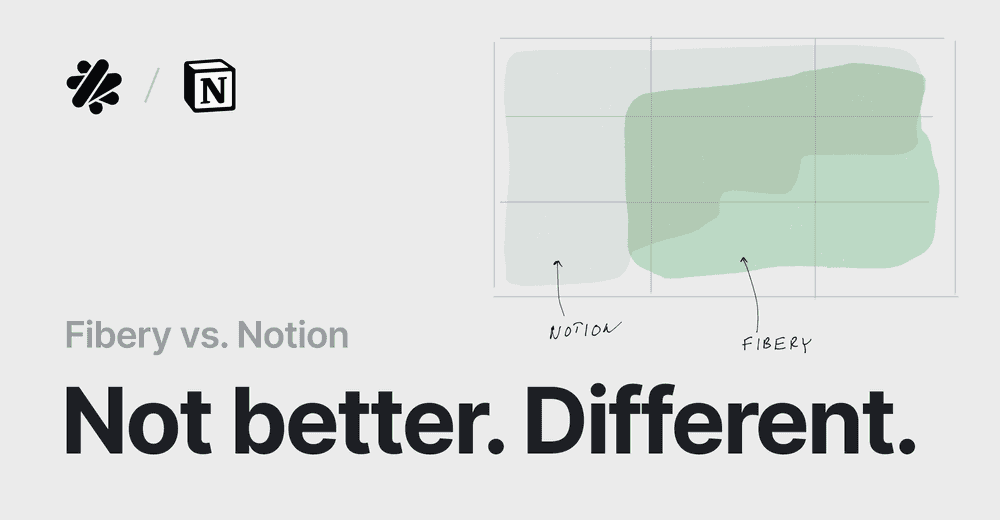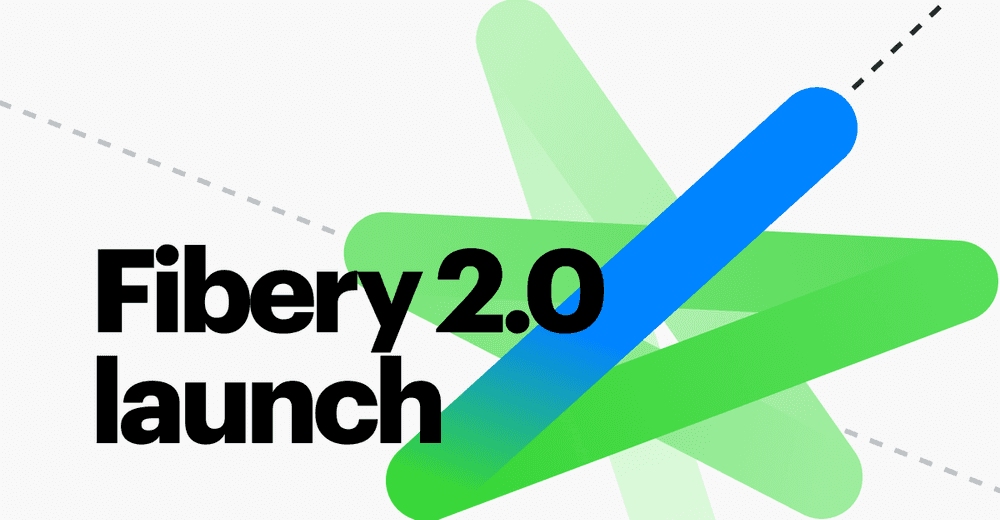No-code Revolution. Why Now?

It seems no-code software is booming. Fast adoption, huge rounds, insane valuation 🦄, happy customers. Why now? Why not 20 years ago? Why not 20 years in the future? This is an interesting question I got from one VC partner. I didn’t manage to answer it clearly on the spot and have been thinking about it for two weeks. Now I get the answer, but we have go back in time first.
Software industry is relatively young, we can give it ~60 years. First programs were focused on military and scientific needs and commercial software appeared somewhere around 1960. Rapid growth was ignited by microcomputers around 1980 and it means commercial software enjoyed only 40 years of rapid growth.
All milestones are pretty obvious:
- Mainframes
- Personal computers & desktop applications
- Internet & web applications
- Mobile and cloud (this milestone is not so important here I think)
I define four waves that describe influence (hype!) of software in a given period. Note that I focus mostly on productivity tools, not games and entertainment. The waves below are not discrete for sure, they are continuous and overlapping, so take exact years as an approximate timeframe of major influence.

First Wave. Program your own Software
1960–1980
Smalltalk, SQL, NLS, AppleWriter.

In 60s almost any software user was a programmer. Golden age of true hackers! Want some game? Write one. Want some programming language? Create one. Want a computer? Assemble one.

What about no-code?
Hackers didn’t need no-code tools. Why? They can code fast and do all the things they need. Any no-code tool may slow them down and make feel less powerful. It was not a good time for no-code tools.
Second Wave. Personal Software
1980–2000
VisiCalc, Microsoft Word, Excel, PowerPoint, Photoshop, Dreamweaver, Microsoft Project, etc.

Commercial software development evolved here. Hackers transformed into entrepreneurs and become to start companies. Games, productivity software & development tools blossomed.

People usually used all the tools alone. Collaboration was hard. You exchanged files and source code. For example, how to review MS Word document? You write the document, send it to an editor by email, pray the editor uses the same version of MS Word, receive the document back in a couple of days, review all corrections, add your own comments and send the document again, etc. Huge email threads with dozens of document versions were usual things.
Most processes were rigid, with clear phases and no overlaps. Waterfall was popular those days. It is not now.
What about no-code?
Personal no-code tools did appear in this period. Spreadsheets, CAD systems, statistical packages, Wolfram Mathematica and other specific solutions. Spreadsheets were very popular and people did insanely complex things with them.
When you learn a powerful tool you want to try to solve any problem with this tool.
Do you remember HyperCard Do you remember Microsoft Access? These tools were popular, but still demanded some (or even significant) programming skills.
There were attempts to bring end user close to the problem, but with moderate success. Hackers generation has been busy with startups, new generation has been exploring PC and games. No revolution.
Still I think we’d start to see significant progress with no-code tools, but the third wave collapsed the early attempts. Why? Because internet was invented.
Third Wave. Collaborative Software
2000–2020
Google Docs, Google Spreadsheets, Figma, JIRA, Salesforce.

Internet changed everything. Initially traditional businesses were transferred to the web, but productivity tools followed shortly. Salesforce was founded in 1999, JIRA appeared in 2002, Google Docs released in 2006.
Internet powered collaboration software. You can write documents together, work on business models, plan team work and design interfaces together. Collaborative software started to replace personal software.
Eventually almost all software migrated from desktop to the web. The last bastions are design, programming and games, but Photoshop lost to Figma and it seems in the next decade programmers will follow. Web based IDEs are not super powerful at the moment, but they will for sure.
We can safely proclaim that desktop is almost dead by now. Only games and heavy apps are keeping it alive.
What about no-code?
No-code tools did evolve at this period. Spreadsheets moved to the web and few notable vendors appeared, like QuickBase.
However, web development was not mature enough to replicate power of HyperCard or Access. We suddenly lost all advances in desktop software development and had to start almost from scratch. Remember how hard was to create Gmail in 2004? And it was not even close to desktop email clients! In the next 10 years we learned how to live with Javascript, invented React and started to gradually replicate and kill desktop software.
No-code time has not come yet technologically, while users were ready for it to happen. It was pointless to create no-code software on desktop at this period, but it was hard to create no-code software on the web as well. It was a technological pit that buried no-code revolution.
Fourth Wave. Create your own Software
2015–2035
Airtable, Coda, Notion, Webflow, Retool, Bubble.is, Zapier, Zoho, Shopify, Readymag, Fibery.

Web development grew the muscles and is ready to attack any problem now. Complex web applications are a reality. Finally web catch up with desktop (well, almost) and started to innovate. What we have already?
- Microsoft Excel → Google Sheets → Airtable?
- Microsoft Word → Google Docs → Coda?
- Notepad → Dreamweaver → Webflow?
- SQL & Programming → Microsoft Access → Retool?
- Microsoft Project → JIRA → ?
The wave of no-code tools is happening right now. Still, why now? Is it time? I think it is time and I see three major factors:
- We have to keep up with accelerating world. Future is less predictable, choices are less clear, hardcode solutions are less efficient. End users have to be closer to solutions and should solve their problems by their own, using their domain knowledge and power of no-code solutions. People demand faster solutions, faster iterations and faster feedback.
- We accumulated enough knowledge to generalize existing solutions and rise abstraction level. We can build general UI and flexible domains. Web moved out from technological pit and finally we can expand software from 2000 and move it closer to makers.
- We can co-create things and share results immediately with our team members. This is much more satisfactory for makers than do everything alone and use it alone.
In a nutshell, web is finally evolved technologically to make it possible and people are ready to accept it to shorten feedback loops and iterate faster. Indeed if a marketer can create and update website she can iterate and try various copy and ideas faster. If a consultant can automate her unique process into a tool in hours, she can solve customer’s problem faster and show the value of her efforts. If a small business owner can build an app for his needs, he can increase business efficiency with automation and save valuable time to expand his business.
I predict that more and more verticals will be disrupted by no-code solutions.
Check
The Next Wave of Work Management Software article
I hope at this time some company is disrupting JIRA. We can’t be sure that existing vendors will dominate the no-code space (I mean Airtable, Notion, Coda, Webflow, Retool, etc). But I’m pretty sure this wave is here and in the next decade it will flush many “Wave 3” vendors into oblivion. 🌊
Psst... Wanna try Fibery? 👀
Infinitely flexible product discovery & development platform.



